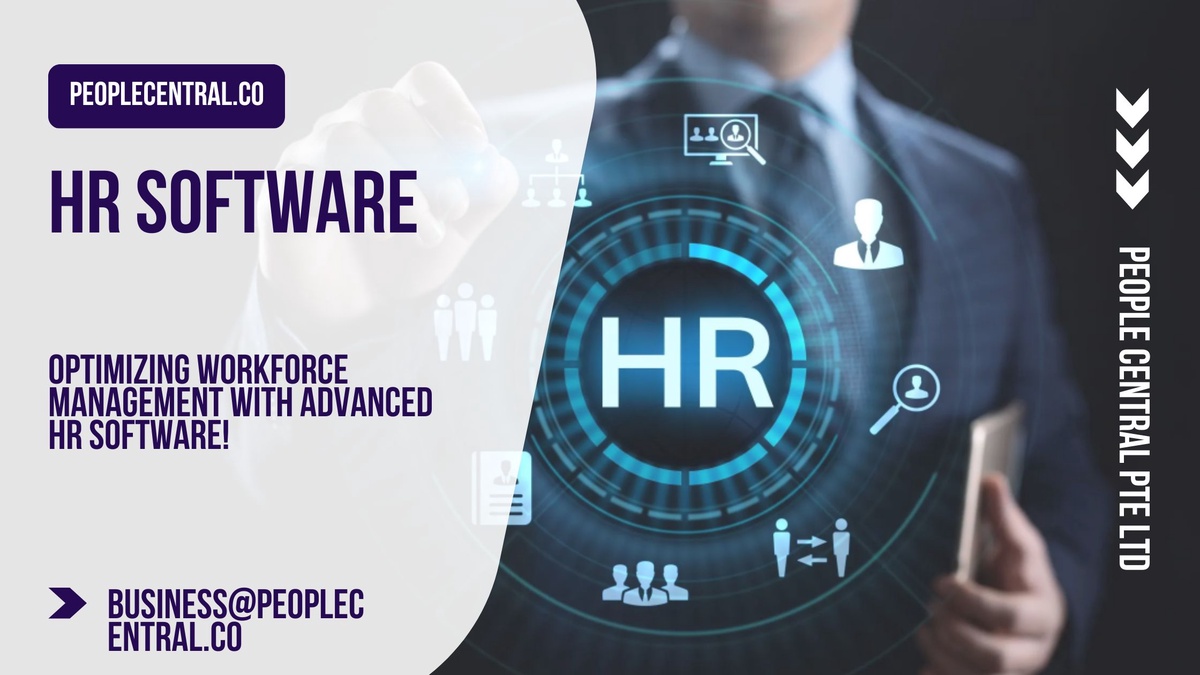Transforming Performance Management: A 3-Step Guide to Unleashing the Power of Software
Modern companies understand the critical role performance management plays in driving success. It's not just about boosting results; it's about empowering employees, building a stronger workforce, and aligning individual goals with the company's vision.
employee performance management software offers a powerful tool to achieve these goals effectively. It enables continuous feedback, facilitates a culture of positive development, and streamlines the entire process. However, implementing it successfully requires a strategic approach. This guide explores three key strategies to unlock the full potential of performance management software:
1. Fostering a Culture of Continuous Feedback and Adaptation:
One of the game-changing features of performance management software is its ability to facilitate continuous feedback. This empowers both managers and employees to engage in regular check-ins. The software provides a platform to:
- Deliver and receive feedback in real-time: Managers can leave specific comments on projects, offer praise for completed tasks, or provide constructive guidance for ongoing work.
- Track progress towards goals: Employees can utilize the software to monitor their progress toward individual and team objectives, ensuring they stay on track and adapt their efforts as needed.
- Review performance comprehensively: Regular performance discussions become more structured and data-driven, utilizing recorded feedback and progress updates to have in-depth conversations about strengths, areas for improvement, and future development plans.
To leverage this effectively, it's crucial to cultivate a positive feedback culture. Recognize and celebrate successes, while using feedback as a tool for growth and development. The software facilitates transparency and collaboration in employee development, making feedback a central point for ongoing conversations and fostering a sense of shared responsibility for performance improvement.
2. Prioritizing Comprehensive Training and Constant Communication:
Implementing any new software requires ensuring everyone feels comfortable using it. This necessitates thorough training for both managers and staff. Training sessions should cover:
- Software features and functionalities: Employees and managers need to understand how to navigate the platform, utilize various tools like goal-setting modules or performance appraisal templates, and access relevant reports.
- Best practices for performance reviews and goal-setting: Training should equip users with the knowledge and skills necessary for conducting effective feedback sessions, setting SMART goals (Specific, Measurable, Achievable, Relevant, and Time-bound), and utilizing the software effectively for these purposes.
Communication is paramount throughout the implementation process. Clearly explain the rationale behind introducing the software, emphasizing its benefits for:
- Enhanced feedback systems: Employees gain access to consistent and constructive feedback, leading to improved performance and better understanding of their contributions.
- Professional growth: The software provides a structured platform for setting goals, tracking progress, and receiving feedback, facilitating continuous development and skill acquisition.
- Organizational success: Aligning individual efforts with company goals becomes easier, leading to improved collaboration, increased efficiency, and ultimately, organizational success.
Addressing any concerns or anxieties employees might have is crucial. Emphasize how the software aligns with the company's commitment to employee development and success. This fosters a sense of ownership and encourages active participation in utilizing the new system.
3. Setting the Stage for Success: Strategic Planning and Goal Alignment:
Before diving into software implementation, organizations must set the stage for success through strategic planning:
- Define clear goals: Establish clearly defined company goals and ensure they cascade down to departments, teams, and individual employees.
- Identify key performance indicators (KPIs): These metrics, such as individual or team objectives, productivity levels, or professional development milestones, will serve as benchmarks for measuring progress towards goals.
- Align KPIs with software functionalities: Ensure the chosen performance management software offers features that align with your chosen KPIs. Look for functionalities that cater to your specific measurement needs and allow for easy tracking and analysis of relevant data.
Remember, an effective performance management system should seamlessly integrate with your organization's unique structure and goals. Don't hesitate to customize the software to fit your specific needs. This might involve tailoring goal-setting modules, performance appraisal templates, or reporting features to accurately reflect your organizational context and priorities.
Conclusion:
Utilizing employee performance management software is a strategic move towards a more proactive and employee-centric approach to performance management. It's not just about automating tasks; it's about fostering a culture of continuous learning, development, and feedback. By adopting the three-step approach of continuous feedback and adaptation, comprehensive training and communication, and strategic planning and goal alignment, organizations can unleash the true potential of this software to elevate workforce performance and achieve organizational excellence.


No comments yet